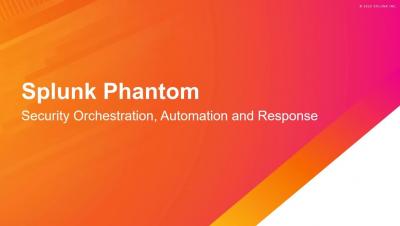Operationalizing HashiCorp Vault: Introducing a New Splunkbase App to Monitor Vault
We are excited to announce the availability of the Splunk App for HashiCorp Vault. Using this app, organizations can seamlessly ingest and visualize performance metrics and audit logs in Splunk to investigate, monitor, analyze and act on Vault data across DevSecOps use cases.



